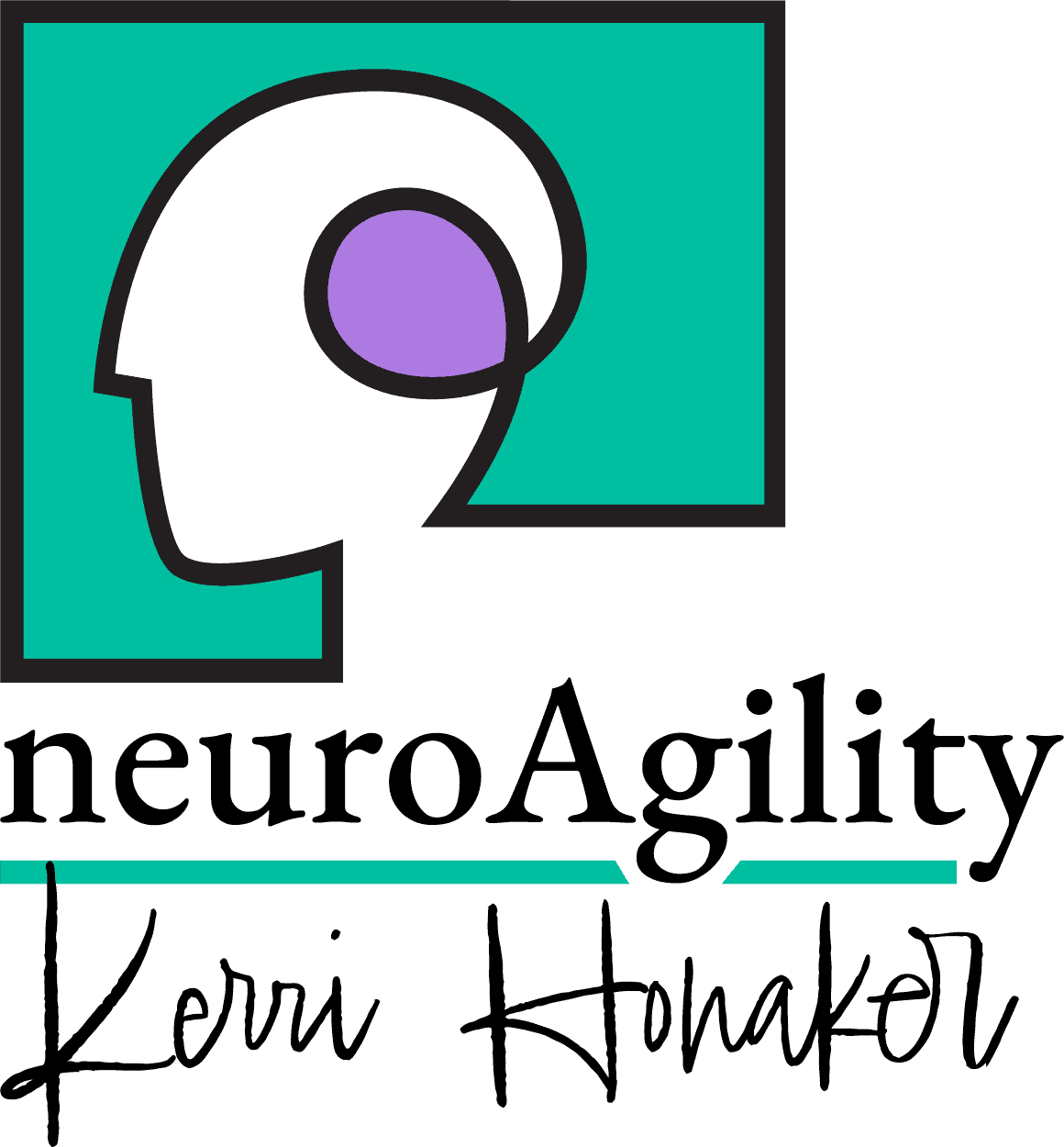
About Youth ADD/ADHD
Not all children grow from infancy through their adolescent years without experiencing some bumps along the way. While every child is unique and special, sometimes they encounter emotions, feelings or behavior that cause problems in their lives and the lives of those around them. Families often worry when their child or teenager has difficulty coping with things, feels sad, can’t sleep, gets involved with drugs, or can’t get along with family or friends.
So, how does one know when “normal” behavior crosses the line and is getting in the way of everyday functioning? As a parent, educate yourself, read sites like this and many more. When disruptive or inattentive behaviors start to become something that needs to be managed every day, and the family is feeling exasperated by it, it might be time to take a look. It isn’t common to see a straight A student with ADD/ADHD; it is not about intelligence, it is about managing workload, the self, and social relationships in a satisfying manner for all.

“In the beginning I was skeptical as far as what results we would see. The results have exceeded all of our expectations…Perhaps best of all is that our lives no longer revolve around (our son’s) medication.”
– JH
In general, youngsters who have been accurately diagnosed with ADD/ADHD are at higher risk for academic failure, social isolation, accidents, low self esteem, demoralization, and disruptive behavior (including antisocial behaviors). For some, ADD/ADHD can be a lifelong disorder, but for those children diagnosed and treated early, the condition can be effectively managed, and their lives can indeed be productive, successful, and fulfilling.
Children or teens with ADD/ADHD are inattentive, overactive, impulsive, and disorganized. These behaviors may resemble normal teen behavior. They are, however, persistent, extreme, and truly outside the control of the child/teen with ADD/ADHD. Adolescents with attention deficit/hyperactivity disorder have a harder time keeping their minds focused on individual tasks for even short periods of time without becoming bored or distracted. And even more impulsive than their non ADHD peers, these teens seem incapable of curbing their automatic reactions of thinking before they act. During stressful situations, these already exaggerated behaviors become more extreme. Because of these troublesome symptoms, the child/adolescent may have trouble developing a sense of mastery and positive self esteem.
Treatment
neuroAgility believes ADD/ADHD is a treatable condition. We map and train individuals with a diagnosis of ADD/ADHD. We want to learn specifically what this means to each person, as every person has their own attentional style. The brain is capable of re-routing, by adding or subtracting neuropathways, changing blood flow patterns, changing chemistry, establishing new patterns.

neuroAgility sees an 83% efficacy rate with neurofeedback as the primary treatment for attentional issues. neuroAgility also combines cognitive behavioral therapy for work with the individual training, and also with the integration of family members. There are many areas of performance needed for the individual to thrive, for example, organization and structure at home are key for this success to happen.
